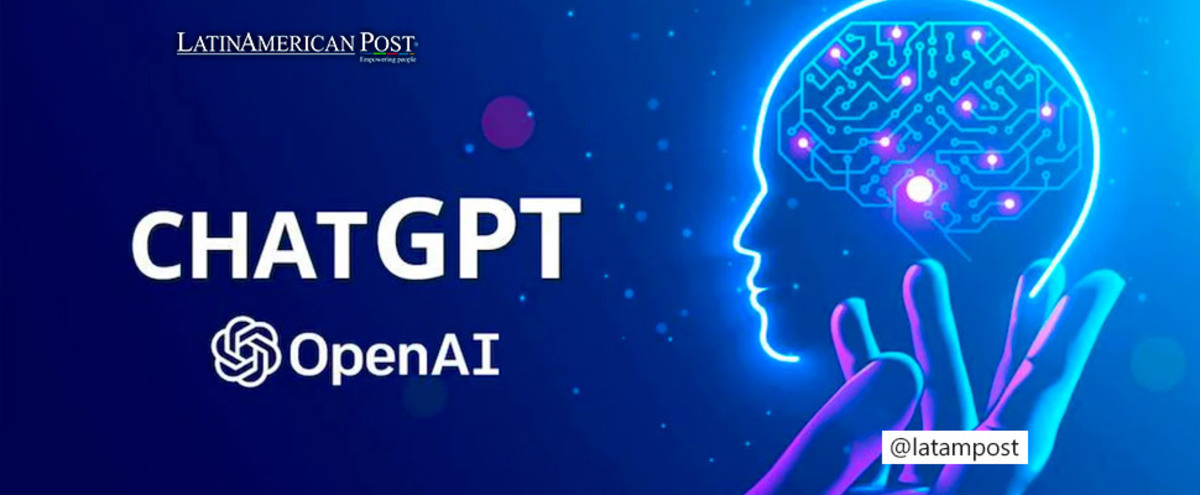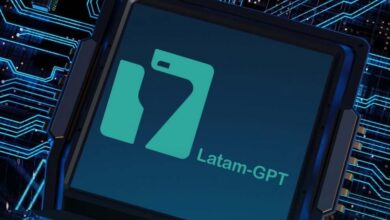ChatGPT Can Now Browse The Internet: These Are The Latin American Countries That Use It The Most
It's official: ChatGPT can now surf the internet to give you up-to-date answers with links to the sources it uses to answer you. Regarding this news, we will tell you how this tool behaves in Latin America .

Photo: ChatGPT
LatinAmerican Post
Listen to this article
Leer en español: ChatGPT ya puede navegar por internet: estos son los países latinoamericanos que más lo usan
Yesterday OpenAI, the company that created ChatGPT, announced through its X account (formerly Twitter) that from now on ChatGPT can browse the internet. What does this mean for users of the tool?
ChatGPT is a chatbot. That is, it is a robot with which you can chat. Since it works with Artificial Intelligence, unlike search engines like Google, this chatbot does not search for an answer online but creates the answer to your questions.
At the time of its inauguration, in November of last year, ChatGPT only had data prior to 2021, which is not little. This meant that the artificial intelligence tool could not write or answer questions on current topics and was, in some aspects, outdated.
What is the new functionality?
Now, however, ChatGPT can browse the Internet, which means it has access to all the information that can be found in online search engines. What does this imply? That users will not only receive updated and authorized answers, but that they will have direct links to the sources used by the tool to provide the answer it is giving.
This means that from now on, if you are a ChatGPT user, you can ask him about current topics. You can also explicitly instruct him to cite the sources from which he obtains the information.
Read also: Artificial Intelligence: Opportunity or Threat for Entertainment?
ChatGPT in Latin America
Since its launch last year, ChatGPT has seduced even the most resistant, skeptical and suspicious of technological advances and global trends. Although the ethical complexities of assigning some human tasks to artificial intelligence have been discussed in the region, this chatbot has managed to make its way in Latin America.
Artificial Intelligence has not yet been legislated in the region, perhaps because its use is not yet as popular as in other countries such as the United States or India, where up to 10% of the population uses the ChatGPT tool.
However, from January to April 2023, Latin America contributed 303 million visits to the ChatGPT portal. In addition, several companies have begun to rely on the chatbot, initially, for simple tasks such as writing emails.
The country in the region that uses the tool the most is Brazil , with 2.2% of the population interested in being chatbot users. Brazil is also the tenth country in the world that uses the AI tool the most.
Brazil is followed by Colombia , which is in 14th place in the world with 1.9% of the population. Next are, in this order, Mexico (1.7%), Chile (0.72%), Argentina (0.71%) and Peru (0.71%).
OpenIA hopes that with the ChatGPT update these percentages will rise and people will increasingly trust the tool for tasks as simple as helping to plan a trip or suggesting a healthy lunch, and as complex as doing technical research or a legal concept.
If these OpenIA predictions happen, legislation in Latin America on the tasks that can be delegated and the ethical complexities of Artificial Intelligence tools will become more urgent.





